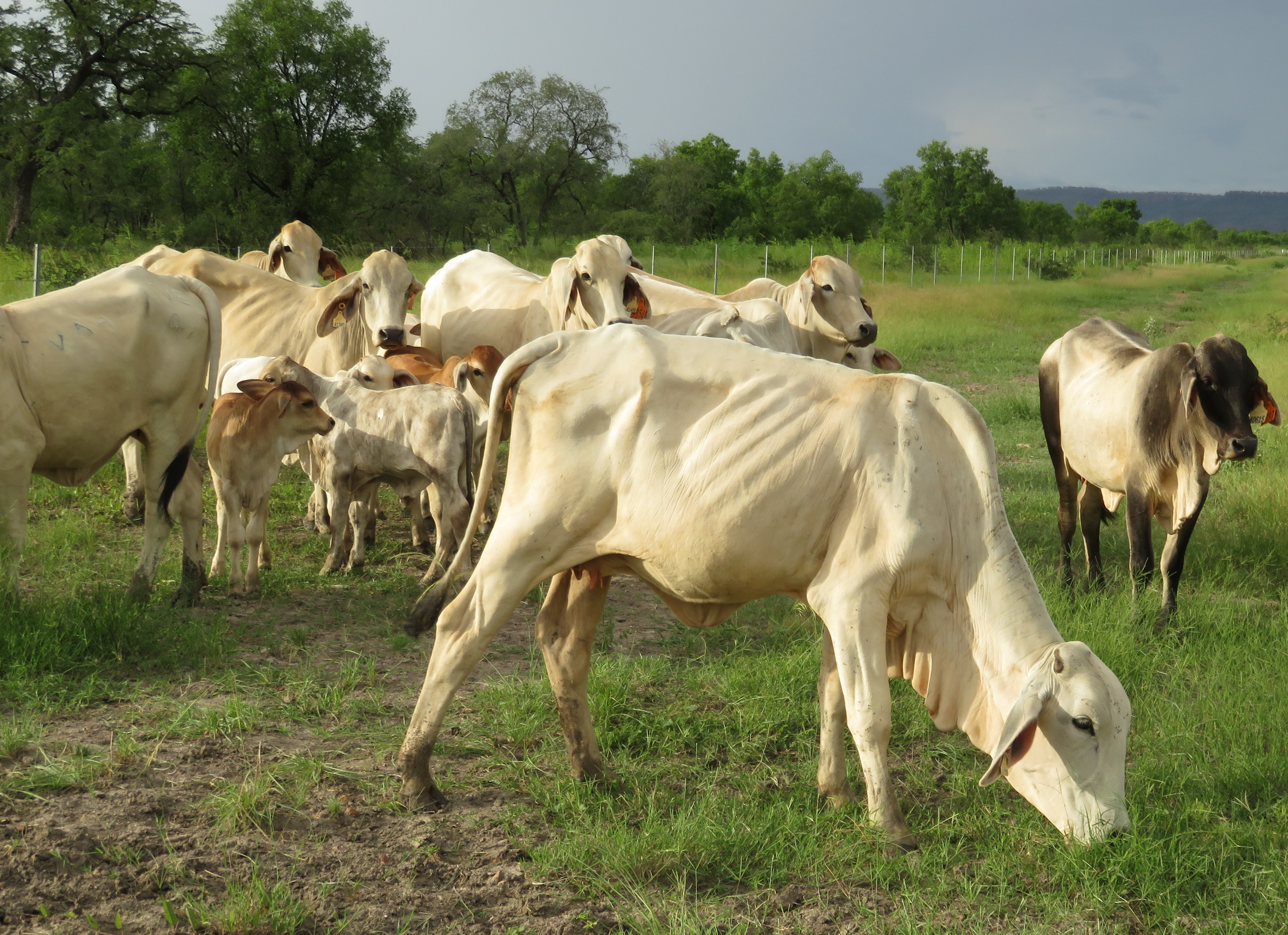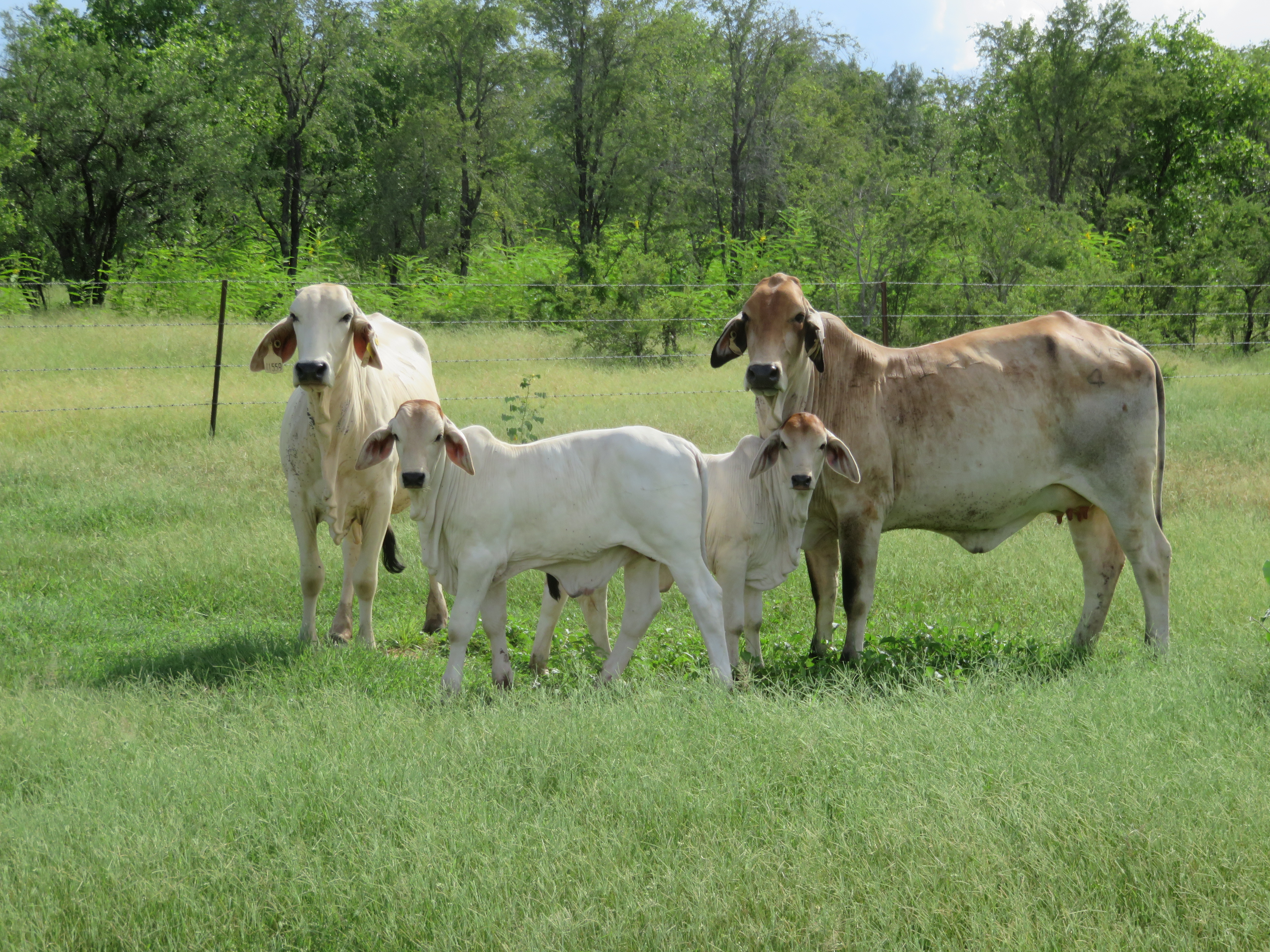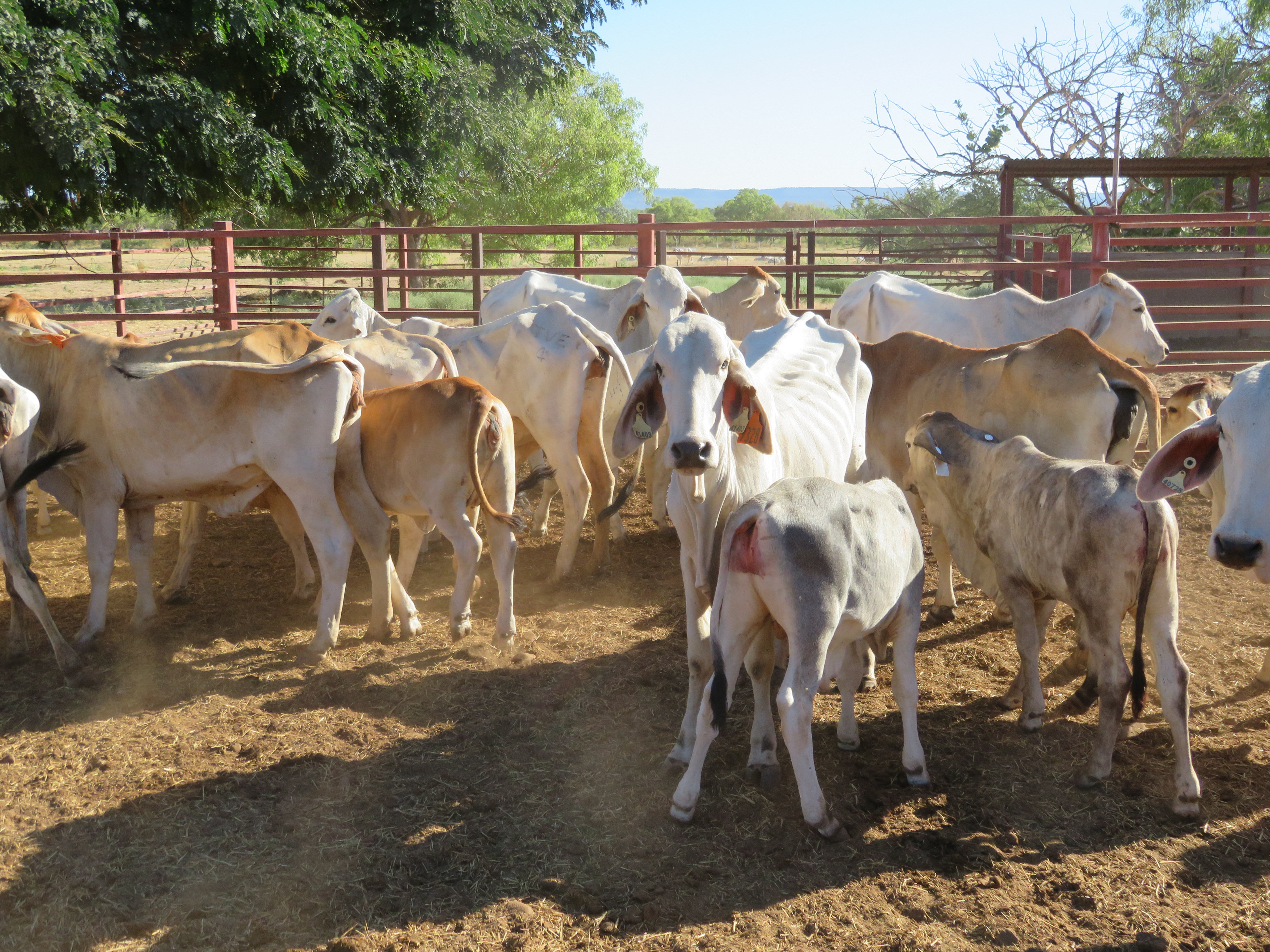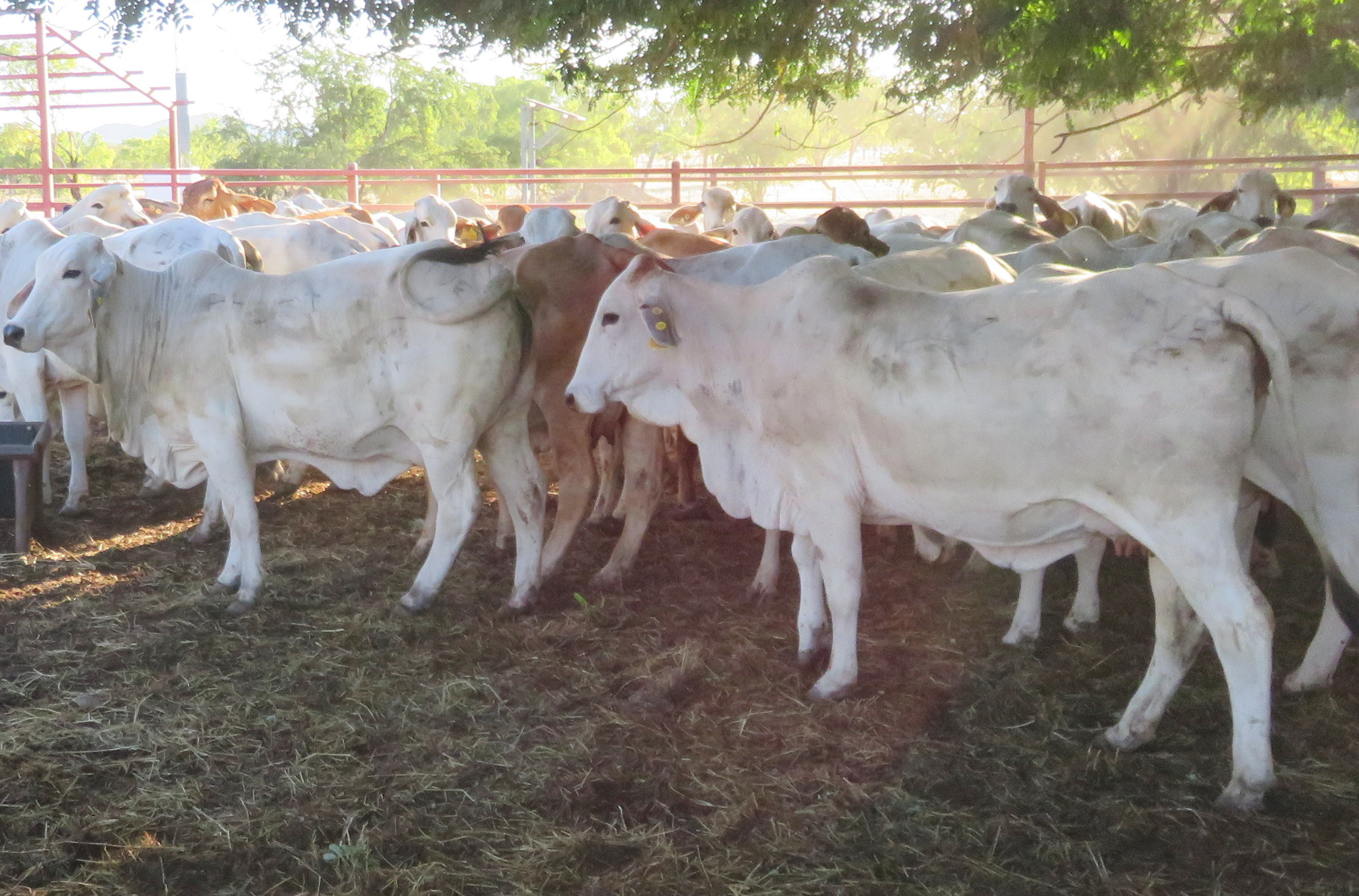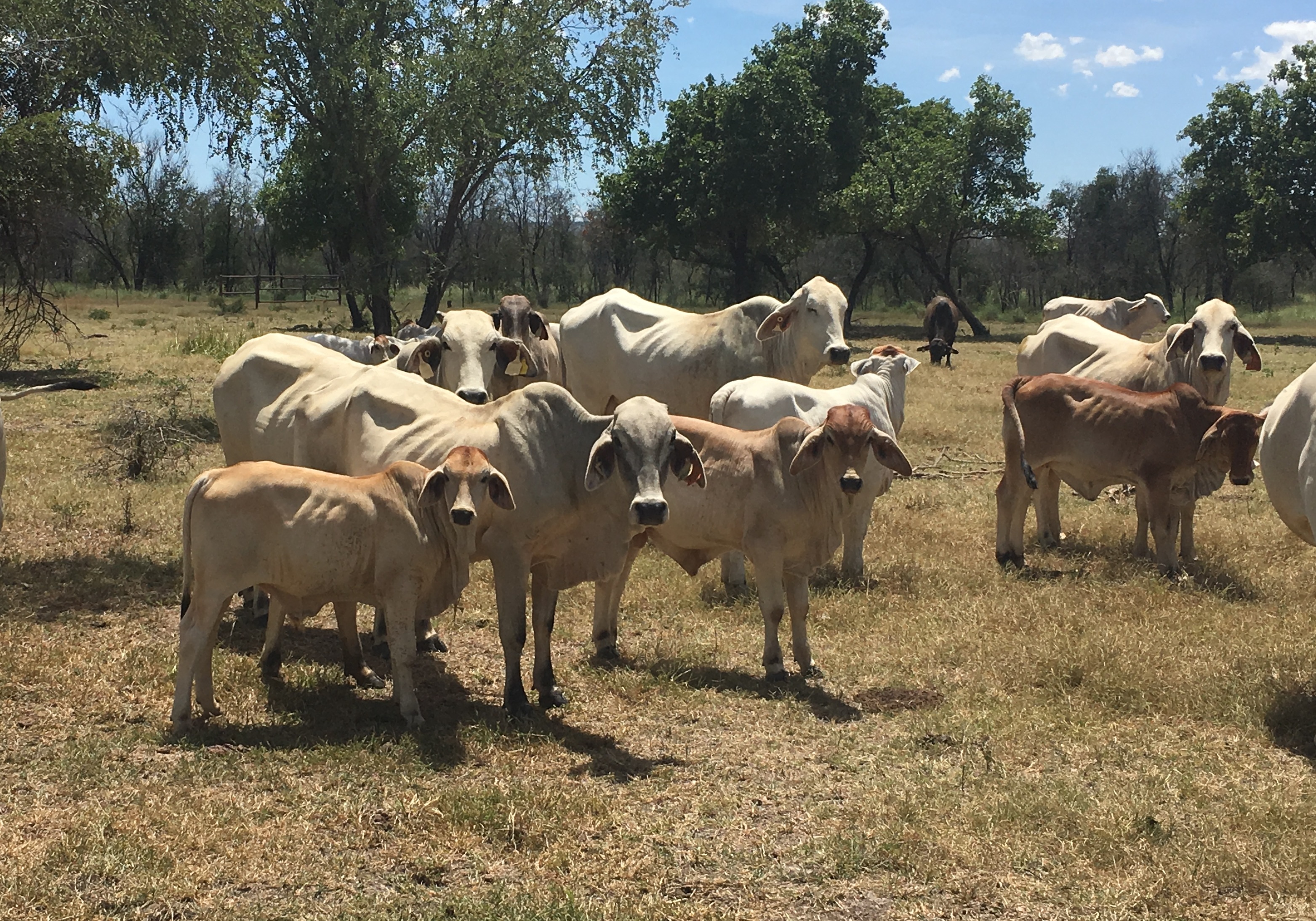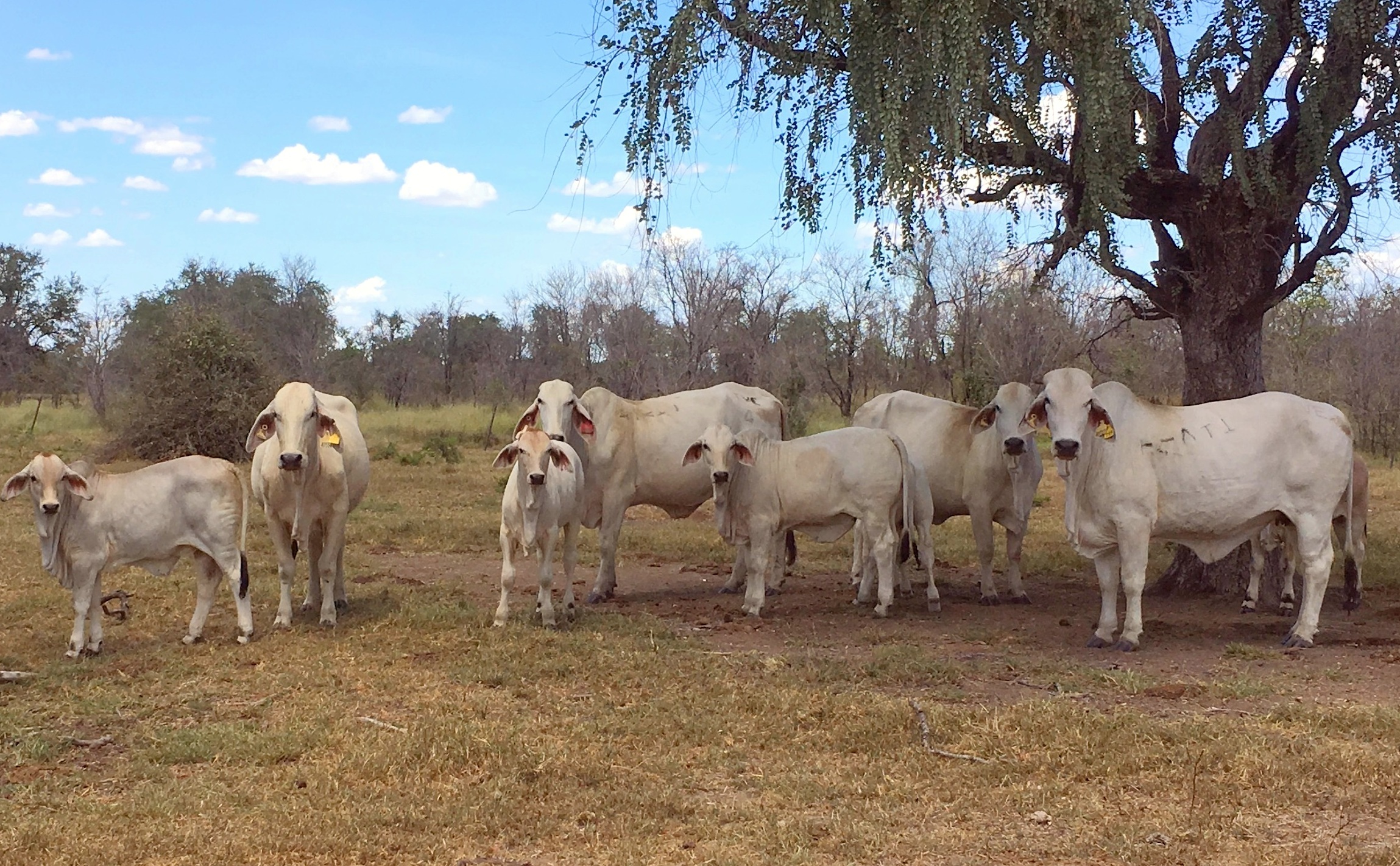It is well documented that much of northern Australia is phosphorus (P) deficient and that P is required for almost every vital bodily function in cattle. However, supplement sales figures and industry feedback indicates that the majority of northern properties in P deficient areas are not supplementing their cattle with P over the wet season. Current thinking is that producers must not believe that they will get a good enough return feeding a P supplement to justify the expense and hassle of feeding supplement over the wet season. Past studies have shown that P supplementation increases growth, however, there have been few studies that have found a significant improvement in reproductive performance from P supplementation in northern Australia and quantified the benefit. This may be a reason why adoption has been so low.
A trial commenced in 2014 at the Victoria River Research Station, Kidman Springs, to quantify the benefits of P supplementation. This trial will provide producers in P deficient areas with definitive data on the effects of supplementing females with P so that they are able to make better informed supplementation decisions.
Brahman heifers born in 2014 were randomly allocated to either a +P (where phosphorus was supplied in the supplement) or –P (where phosphorus was not included in the supplement) treatment and grazed in neighbouring paddocks that were tested as acutely P deficient. Treatments swap paddocks in May each year to minimise paddock effects. Treatments are managed exactly the same year round, with the exception that their loose lick supplements either contain P (+P) or do not (-P). Composition of lick fed to each treatment can be seen in Table 1.
Note: Soil test Colwell P levels: Acutely deficient: ≤4mg P/kg | Deficient: 5mg P/kg | Marginal: 6-8mg P/kg
Table 1. Composition of trial supplements
| Wet season | Dry season | |||
|---|---|---|---|---|
| Loose lick ingredients | +P | -P | +P | -P |
| Ridley Biofos MCP | 42.5% | 25% | ||
| Salt | 50% | 73.5% | 40% | 65% |
| Ammonium sulphate (Gran Am) | 7.5% | 7.5% | 10% | 10% |
| Urea | 25% | 25% | ||
| Limestone | 17.5% | |||
